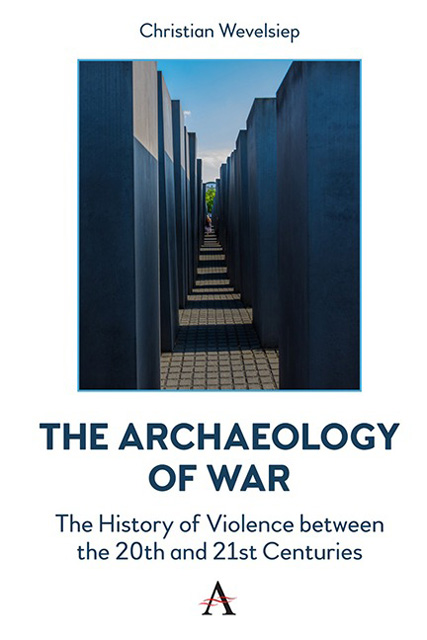Chapter Two - The Embodiment of the Victim: Phenomenology of Violence Suffered
Published online by Cambridge University Press: 17 October 2023
Summary
The twentieth century holds many titles that emphasise the extraordinary. It was a century of totalitarianism, but also one of betrayal, an age of extremes and the incomprehensible. Betrayed, that is, at the mercy of unrestrained violence, were not only the people themselves but also, as it were, the idea of the human being. For up to a certain point, one could weigh oneself in an unfounded security of an inner connection between people. As is well known, such certainties were knocked out of hand in that century.
Many situations, many images, motifs and sources can be named for this experience of unbounded violence, which now, at the beginning of the twenty-first century, requires new forms of transmission.
History is like a river that carries people along. They were not allowed to shape their own history, but had to live through it as a great experience. Individual events can be taken from this stream of history that makes one think.
One of these stories leads to the so-called odyssey of the St Louis. This was an ordinary passenger ship. The route led from Hamburg to Cuba, later back to Antwerp. The passengers were all German Jews who wanted to escape the threat of the Nazi regime in May 1939. The odyssey initially took the occupants to Havana Bay, but the Cuban government did not allow the ship to dock at the pier due to changes in visa regulations. Only 29 passengers were allowed to disembark. The rest remained at the mercy of the American and Canadian authorities. Roosevelt refused to allow the ship to dock on the American coast in June 1939, and Canadian prime minister King also issued a refusal.
The odyssey ended, despite all efforts to the contrary, in Europe, in Antwerp. From here, the odyssey continued to Belgium, the Netherlands, France, to areas that, as is well known, shortly afterwards became part of the National Socialists’ sphere of control. Few refugees made it to Great Britain, 254 of the passengers died in the Holocaust. The odyssey of the St Louis is one of the stories of the twentieth century that has been captured in film and literature (Ther, 2018; Ogilvie/Miller, 2006).
- Type
- Chapter
- Information
- The Archaeology of WarThe History of Violence between the 20th and 21st Centuries, pp. 25 - 30Publisher: Anthem PressPrint publication year: 2023

